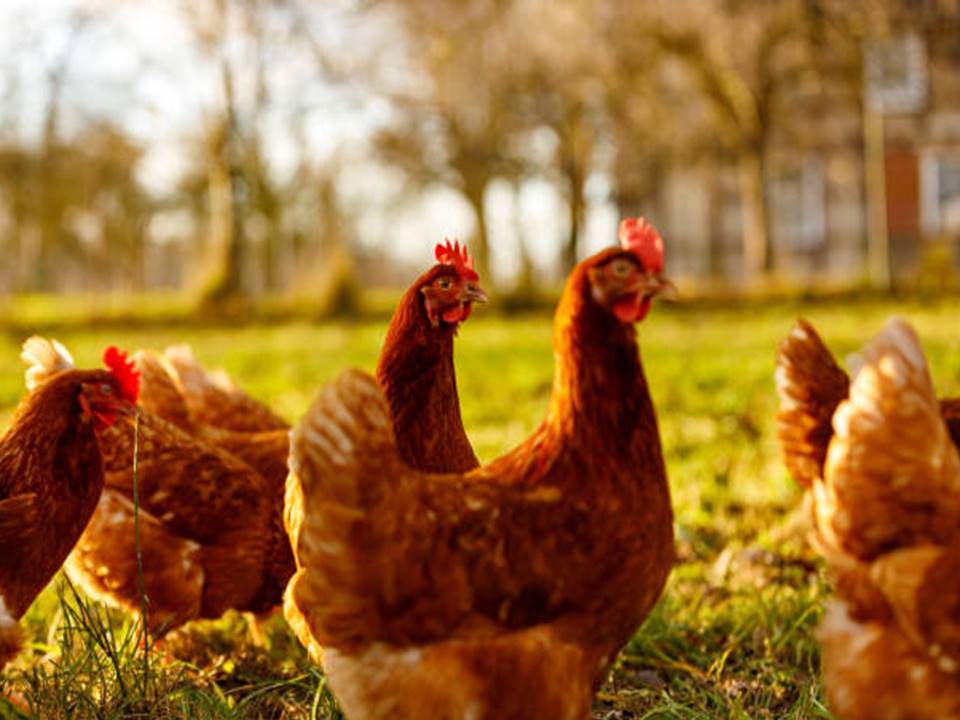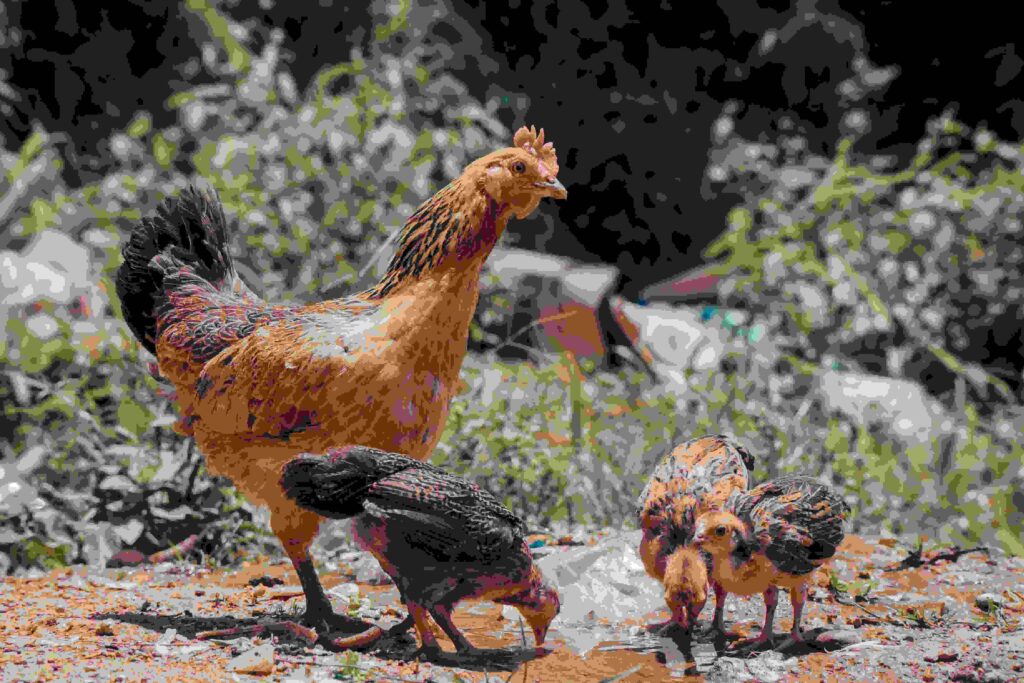Add a header to begin generating the table of contents
The choice between organic and conventional poultry is one that many consumers face, often considering factors such as health benefits, environmental impact, animal welfare, and cost. While the first three factors are frequently discussed, the cost comparison between organic and conventional poultry is often a critical deciding point for consumers and producers alike. Understanding the cost differences requires examining various elements, including production costs, market prices, and long-term economic implications.
Production Costs
Organic Poultry
Organic poultry production involves stringent regulations and practices aimed at promoting animal welfare, environmental sustainability, and health benefits. Key cost factors in organic poultry farming include:
- Feed: Organic feed is typically more expensive than conventional feed because it must be grown without synthetic fertilizers, pesticides, or genetically modified organisms (GMOs). The higher cost of organic grains and the certification process contribute to this price difference.
- Land and Housing: Organic poultry requires more space both indoors and outdoors. Birds must have access to outdoor areas where they can exhibit natural behaviors. This means organic farms often need more land and larger housing facilities, increasing initial capital and maintenance costs.
- Health and Veterinary Care: Organic standards restrict the use of antibiotics and synthetic medications, which can lead to higher costs for alternative treatments and preventive measures. Organic farmers may invest more in vaccinations, natural remedies, and enhanced biosecurity measures to maintain flock health.
- Labor: The labor intensity of organic farming is generally higher due to practices like rotational grazing, manual pest control, and increased monitoring of animal welfare. This can lead to higher labor costs compared to conventional farming.
- Certification and Compliance: Obtaining and maintaining organic certification involves fees, inspections, and record-keeping, adding to the overall cost of production.
Conventional Poultry
Conventional poultry farming focuses on maximizing efficiency and minimizing costs, often through industrial-scale production methods. Key cost factors in conventional poultry farming include:
- Feed: Conventional feed is typically cheaper because it can include GMOs, synthetic fertilizers, and pesticides, allowing for lower production costs. Conventional feed can also include by-products from other industries, further reducing costs.
- Land and Housing: Conventional poultry farms often utilize intensive confinement systems where large numbers of birds are housed in limited spaces. This reduces the need for extensive land and minimizes housing costs.
- Health and Veterinary Care: The use of antibiotics and synthetic medications is more prevalent in conventional poultry farming, which can lower veterinary costs by preventing diseases and promoting faster growth rates. However, this practice has raised concerns about antibiotic resistance and food safety.
- Labor: Automation and industrial-scale production reduce the labor requirements in conventional farming. Automated feeding, watering, and climate control systems decrease the need for manual labor, lowering overall labor costs.
- Regulatory Compliance: While conventional farms must comply with general food safety and animal welfare regulations, they do not face the additional certification costs associated with organic standards.
Market Prices
The cost differences in production translate to varying market prices for organic and conventional poultry. Organic poultry products are typically priced higher due to the increased production costs and perceived added value. Consumers are often willing to pay a premium for organic products because of the associated health, environmental, and ethical benefits.
Price Premiums
- Retail Prices: Organic poultry can cost anywhere from 20% to 100% more than conventional poultry in retail settings. This price premium reflects the higher costs of production and the added value that consumers place on organic products.
- Consumer Willingness to Pay: Studies show that a significant segment of consumers is willing to pay more for organic products. These consumers often prioritize health benefits, environmental sustainability, and animal welfare, and they perceive organic products as superior in these aspects.
- Market Dynamics: The demand for organic poultry has been growing, driven by increasing consumer awareness and preference for organic foods. This demand can sometimes lead to higher prices due to limited supply and the higher costs associated with organic production.
Long-Term Economic Implications
For Consumers
While organic poultry is more expensive upfront, some consumers believe that the long-term benefits justify the higher cost. These benefits include:
- Health Benefits: Consumers often perceive organic poultry as healthier due to the absence of antibiotics, hormones, and synthetic additives. This perception can lead to a willingness to invest more in organic products for better health outcomes.
- Environmental Impact: Organic farming practices are designed to be more sustainable and environmentally friendly. Consumers who are environmentally conscious may choose to support organic poultry despite the higher costs, viewing it as an investment in the planet’s future.
- Ethical Considerations: Many consumers value the higher animal welfare standards in organic farming. The premium paid for organic poultry can be seen as supporting ethical farming practices and better treatment of animals.
For Producers
For poultry producers, the decision to pursue organic certification involves weighing higher production costs against potential market benefits:
- Market Niche: Producers can tap into a growing niche market that demands organic products. This can provide a competitive advantage and the ability to command higher prices.
- Economic Sustainability: While organic farming involves higher costs, it can also lead to more sustainable and resilient farming practices. Diversified farming systems and better soil health can reduce dependency on synthetic inputs and improve long-term farm viability.
- Challenges and Risks: The transition to organic farming can be challenging, involving a learning curve and potential financial risks. Producers must carefully plan and manage the transition to ensure economic sustainability.
Conclusion
Comparing the costs of organic versus conventional poultry involves a comprehensive analysis of production costs, market prices, and long-term economic implications. Organic poultry production incurs higher costs due to stricter regulations, more expensive feed, increased labor, and certification expenses. These higher costs translate to higher market prices, which consumers may be willing to pay for perceived health, environmental, and ethical benefits. For producers, the decision to go organic involves balancing these higher costs with potential market advantages and long-term sustainability. As consumer demand for organic products continues to grow, the market for organic poultry is likely to expand, offering opportunities for both producers and consumers committed to sustainable and ethical food choices.




Thanks for sharing. I read many of your blog posts, cool, your blog is very good.
Your point of view caught my eye and was very interesting. Thanks. I have a question for you.